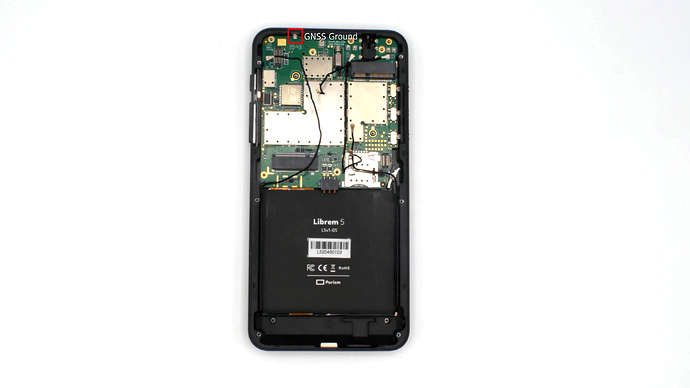Purism confirms antenna possible problems on some pieces. It has been already mentioned in this thread and there is somewhere suggestion how to try fix ground connection between metal frame and board. I have not found time and courage to disassemble my Librem 5 and try to fix that. But I try that when I have less duties at the university and company
There is fix heading to mainline which can probably lower some interference between SDIO and GNSS receiver. I am not sure/not checked yet, if it is already included in stable kernel 5.13.0-1-librem5. If you have while, you can check if switching WiFi off enhances SNR
arm64: dts: imx8mq-librem5: Limit the max sdio frequency
This is needed for the 1LV Cyress WiFi module to probe correctly.
It also helps improve GNSS sensitivity.
By the way, I have tested GPXsee for Garmin offline image maps. It could be usable. I have enhanced GPXsee to support zoom by pinch on the touchscreen
See branch zoom-by-pinch in my fork
and pull request
If there interest, I pud my Librem 5 build somewhere or even prepare deb package…
